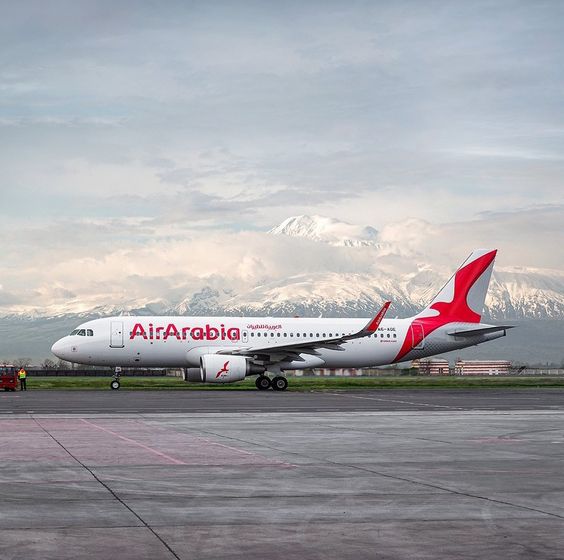
The Role of Wildlife Photography Trips in Conservation
In the vast and diverse realms of wildlife photography, enthusiasts often find themselves drawn to more than just the pursuit of capturing stunning images. Wildlife photography trips, with their unique blend of adventure and advocacy, play a pivotal role in conservation efforts, transcending the boundaries of a mere visual exploration. In this article, we delve into the frames of responsibility that define the integral role of these photography trips in contributing to the conservation of our planet’s biodiversity.
1. Capturing Conservation Narratives
Wildlife photography trips act as visual storytellers, capturing narratives that extend beyond the lens. These journeys provide a platform for photographers to document the intricate lives of animals in their natural habitats, showcasing the beauty and fragility of ecosystems around the world. By framing these stories, photographers become ambassadors for the voiceless, bringing attention to the critical need for conservation and the preservation of wildlife and their habitats.
2. Raising Awareness Through Imagery
The power of a captivating photograph lies in its ability to evoke emotions and stimulate empathy. These photography trips harness this power to raise awareness about endangered species, threatened ecosystems, and the urgent need for conservation. These images not only document the current state of wildlife but also serve as compelling visual evidence, resonating with audiences and encouraging them to take an active interest in the well-being of the planet.
3. Conservation Advocacy in Action
Beyond mere documentation, these photography trips often engage directly in conservation initiatives. Many tours collaborate with local conservation organizations and communities to address environmental challenges, contributing to the protection of wildlife and their habitats. This hands-on involvement transforms the role of wildlife photographers into advocates, actively participating in the preservation of the very subjects they capture through their lenses.
4. Ethical Wildlife Tourism
Responsible wildlife photo tours prioritize ethical practices, ensuring that the presence of photographers has minimal impact on the natural behavior of the animals. This commitment to ethical wildlife tourism helps protect the well-being of the subjects and fosters a sustainable coexistence between humans and wildlife. By setting an example of responsible conduct, these trips contribute to the long-term conservation of the ecosystems they explore.
5. Creating Connections and Empathy
Wildlife photography tours in the USA provide participants with immersive experiences that go beyond the superficial act of taking pictures. Being in the presence of majestic animals in their natural habitats fosters a profound connection and empathy towards wildlife. This emotional bond, cultivated through firsthand experiences, becomes a driving force for conservation action, as individuals feel a personal responsibility to protect the subjects they have encountered.
6. Educating and Inspiring Future Conservationists
The impact of wildlife photography trips extends to education and inspiration. By exposing participants to the wonders of the natural world, these trips nurture a sense of responsibility and environmental stewardship. As participants return from their journeys, they become ambassadors in their communities, sharing their experiences and advocating for the preservation of biodiversity. In this way, wildlife photo tours play a crucial role in cultivating a new generation of passionate conservationists.
Bottom Line
Wildlife photography trips go beyond the surface-level pursuit of capturing beautiful images. They are integral to the global conservation effort, offering a unique intersection of art, adventure, and responsibility. By framing the narratives of the natural world, raising awareness, and actively participating in conservation initiatives, these trips empower photographers to become advocates for the planet, ensuring that future generations can continue to marvel at the beauty of wildlife in its natural habitat.


